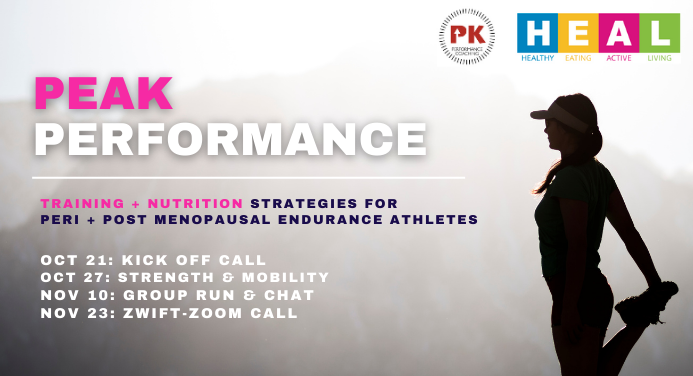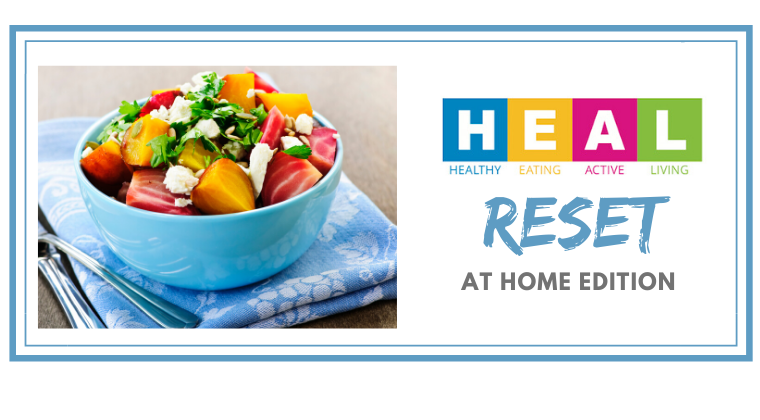
HEAL Press Release: Local Runner Practices what she Preaches
January 14, 2007
Ask A Nutritionist! (May/June 2007) – Pre-Race Meal
June 14, 2007Can you please tell me the scoop on salt? I use course sea salt but my sister found iodized sea salt. Is it the iodine or the processing of table salt that makes it “bad” for us? I believe the minerals in sea salt make it “good” for us but how much is too much?
In common usage, the word “salt” refers mainly to sodium chloride, but in chemistry, a salt is any combination of a positive ion and a negative ion in a crystalline solution. Sodium is a necessary nutrient for the human body. Found in blood and body fluids including sweat, sodium is one of the electrolytes along with potassium and chloride that is closely tied to the movement of water – “where sodium goes, water follows”.
Why Iodize?
In North America, the food supply of the Great Lakes and the Plains region was found to be deficient in mineral iodine. As a result, 1924 it was added to table salt to eliminate in goiter, a disease of the thyroid gland caused by a deficiency in iodine. While iodine is required in trace amounts (150 mcg daily) today iodine-rich food can be readily shipped from iodine rich areas. Food sources of iodine include: saltwater seafood (lobster), sea vegetables (kelp), vegetables grown in iodine-containing soil and animals grazing on plants growing in iodine rich soil all contain iodine. Dairy products can also contain trace amounts of iodine.
What’s the problem?
Table salt is approximately 98% sodium chloride with 2% approved additives, including:
- Potassium iodine – to iodize
- Sodium silicoaluminate – an anti-caking agent
- Invert sugars – to prevent oxidation & discolouration
In comparison, natural sea salt from evaporated sea water is approximately 78% sodium chloride and 11% magnesium chloride, calcium chloride, potassium chloride, iodine and other trace minerals.
What to do?
While athletes have a higher need for salt during exercise due to increased perspiration, the typical North American diet contains excess sodium due to the prevalence of processed foods. It is estimated that 55% of sodium in our diet comes from hidden and non-salty sources. So if you must add salt, opt for unrefined natural (non-iodized) sea salt products and use sparingly. Herbs and spices make excellent flavour alternatives. Limit consumption to no more than 2000 mg (equivalent to 1 teaspoon) of sodium per day from all sources. To reduce sodium intake eat more potassium rich fruits and vegetables and prepare foods without adding salt.



